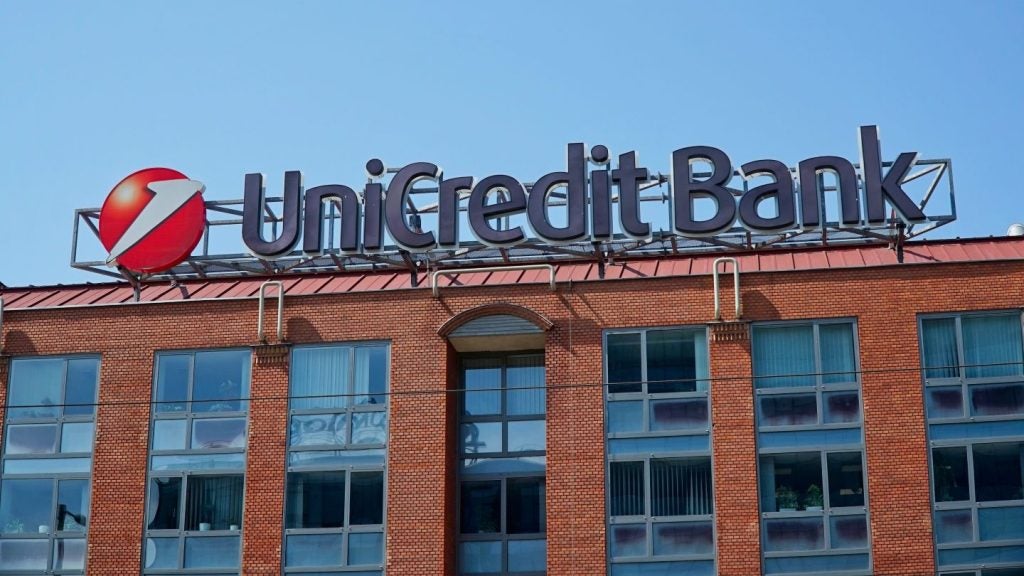Eastern Europe is regularly regarded as a hub for money laundering activity with scandal after scandal revealing more and more money pipelined through the region. However, certain players are trying to combat this. Latvia-based Norvik Bank, in collaboration with FICO, is one of those. Patrick Brusnahan investigates
Latvian banks have never been too far away from a money laundering scandal. Latvia has been involved in a number of high profile scandals including the Sergei Magnitsky case, which is possibly the largest tax fraud case in Russian history, worth $230m, and the Russian Laundromat scheme which laundered a minimum of $20bn.
In June 2016, documents were leaked to the Organised Crime and Corruption Reporting Project (OCCRP) showing Latvian banks actually offering instructions to clients on how to use fake offshore companies to launder money or evade taxes.
With a reputation such as this, is there any way for Latvian banks to gain a clean image?
Fighting money laundering
Norvik Bank, founded in 1992 and one of the oldest commercial banks in Latvia, has teamed up with FICO for anti-money laundering (AML) solutions, particularly FICO TONBELLER, to provide greater control over transaction reviews.
Oliver Bramwell, chairman of the board at Norvik Bank, told RBI: “If you look back over the last 10-15 years, there have been quite a lot of negative reputational issues regarding Latvia as a money laundering centre for Eastern Europe. Obviously, we have close ties with Russia and Ukraine. This has been a major issue for the country.

US Tariffs are shifting - will you react or anticipate?
Don’t let policy changes catch you off guard. Stay proactive with real-time data and expert analysis.
By GlobalData“Based on the fact that Latvia wanted to become a member of the OECD, and with a general drive to clean up the banking sector with regards to AML issues it had seen, the whole state was driving to have much stricter AML regulation in the country. That was well advised by the OECD and the World Bank.”
The country as a whole has been pushing to limit money laundering and improve its reputation.
“At the start of this year, there’s been significant change in the local regulation which is basically bringing up the banking system when it needs regulation to be one of, if not the strictest, the leading AML requirements for the banking industry and other market participants,” Bramwell explained.
“Historically, the AML approach has been a risk-based one, as per leading global organisations’ requirements. The approach is now a smart risk-based approach. One of the key requirements of that is to establish a risk-scoring system which is now giving a much more detailed analysis and evaluation of the risk that each customer and their behaviour brings.”
Risky business
When evaluating customers, a lot needs to be considered to determine their risk factor. What makes a customer a risky proposition?
“There’s a mixture of factors,” Bramwell said. “Where do the beneficiaries come from, what are they declaring when they come into the organisation, and what are you seeing based on their transactional behaviour. That is the initial risk scoring, similar to what you would see in the UK or the US.”
“Once they’ve had their initial scoring and we’ve established their risk ranking, the key is then to monitor that on a daily basis, based on their transactions, and to ensure that the score is not drifting too far from what you estimated it to be. This can lead to the basic score changing, which leads to multiple scenarios which would require the KYC team to work with the client to discuss whether this is a change is business behaviour or something suspicious that could lead to an AML report.”
He added: “It’s not a radical change to a risk-based approach but it’s a little more scientific. It’s going to be system-wide and all the banks are becoming unilateral in their approaches. You’re unifying the approach so anybody who wants to run money through the country would not have an access point.
“At the same time, there are a number of additional requirements regarding documentation that the regulator is requiring to see in advance of account opening. The practices within the country are that, despite being a European country, we have to meet American sanctions for payments. Basically, it becomes a lot smarter.”
While cracking down on fraud is to be lauded, it is seen as a slightly risky move by some to add more regulation into the system and its clients. A cleaner, more honest sector could even put some people off.
Bramwell concluded: “If we’re looking at key metrics, one would be not to kill the business. The non-resident side of the business is very significant, and is in the region of 70% of our entire business. If we’re employing a strict system, it may cause a commotion, so we need to implement it smoothly.
“For example, every non-resident client is high risk now. So it is about grading them from not as high risk to lower risk and that’s going to be more painful. I’m hoping there’s no negative impact from the implementation.”







